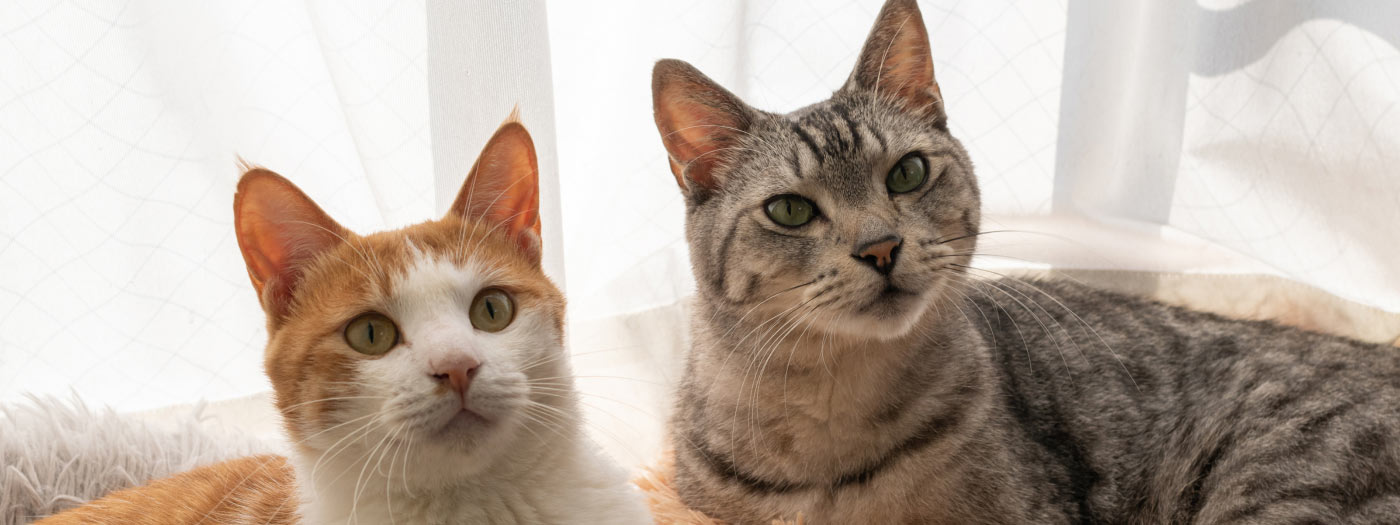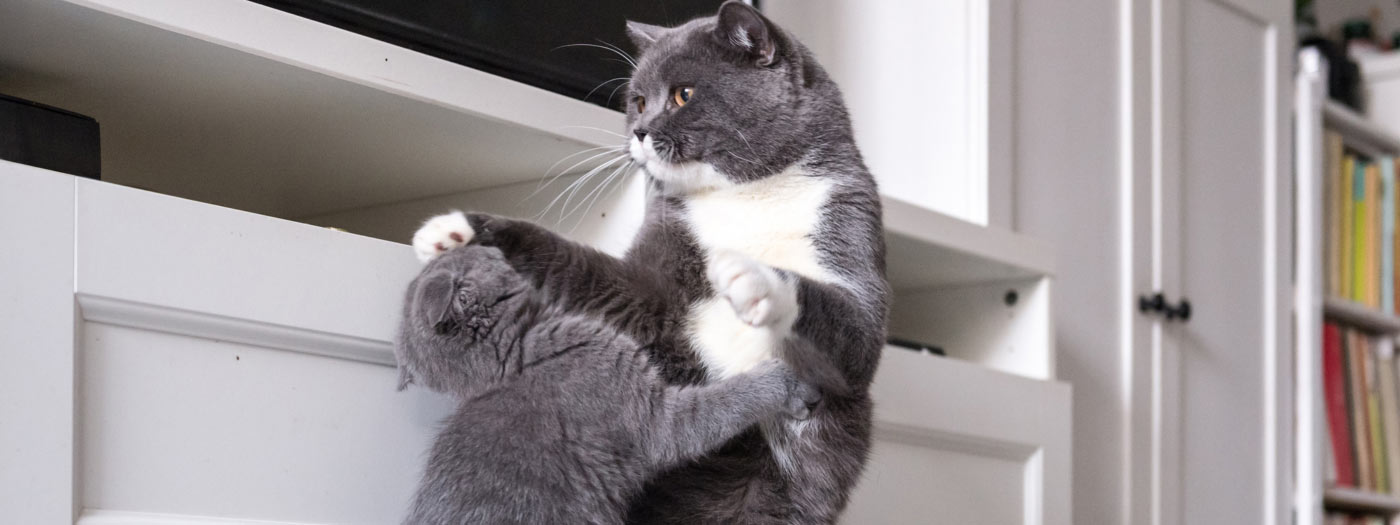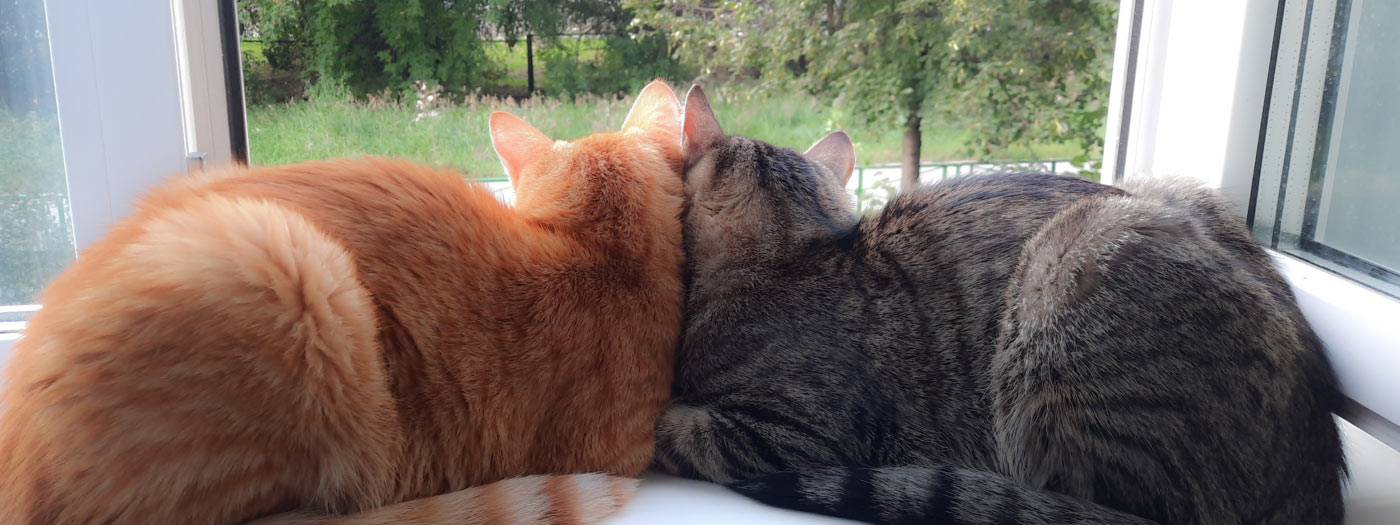
Bringing a second cat into your home can feel exciting, but sometimes your cats don’t see it that way. If you’ve found yourself asking “why doesn’t my cat like my other cat?”, you’re not alone. Cats are territorial animals with unique personalities, and it’s common for tension to arise between them, especially at the beginning.
1. Cats Are Naturally Territorial
Most cats value their personal space and may see a new cat as an intruder rather than a friend. This can lead to defensive behaviors such as hissing, growling, or even swatting.
Tip: Make sure each cat has their own resources—separate food bowls, water, litter trays, scratching posts, and resting areas.
2. Improper Introductions
One of the biggest reasons cats clash is a rushed introduction. Bringing a new cat home and letting them “figure it out” often causes stress for both cats.
Tip: Introduce slowly. Start by keeping them in separate rooms, swapping bedding so they get used to each other’s scent, and gradually allowing short, supervised meetings.
3. Personality Differences
Just like people, cats have different temperaments. A playful, high-energy cat may overwhelm a quiet, older cat. Or a confident cat may intimidate a timid one.
Tip: Respect their personalities. Don’t force interactions; give each cat the freedom to decide when (and if) they want contact.

4. Lack of Resources
Cats dislike competition. If they feel they need to fight for food, water, or litter trays, tension is almost guaranteed.
Tip: Follow the “plus one” rule: have one resource per cat, plus one extra. For example, if you have two cats, provide at least three litter trays.
5. Stress and Health Issues
Sometimes, aggression between cats isn’t about personality at all. Pain, illness, or stress can make one cat more irritable than usual.
Tip: If your cat suddenly becomes aggressive toward the other, book a vet visit to rule out medical problems.
Signs Your Cats Aren’t Getting Along
Hissing, growling, or swatting
One cat hiding or avoiding certain rooms
Blocking access to litter trays or food bowls
Staring, stalking, or chasing
Scratches or bites
If you notice these behaviors, it’s important to intervene before things escalate.

How to Help Cats Get Along
Go slow: Re-introduce them using scent-swapping and controlled meetings.
Create vertical space: Cat trees and shelves allow them to avoid conflict.
Use calming aids: Products like Feliway can reduce stress.
Reward calm behavior: Give treats when they are relaxed around each other.
Seek professional help: A qualified feline behaviorist can design a tailored plan.
If your cats don’t seem to like each other, it doesn’t mean all hope is lost. With patience, space, and the right approach, many cats learn to at least tolerate each other, and some even become best friends. Remember: harmony takes time, and every cat is different.
Looking for help from an animal behaviourist?
At Gentled Animals, we’re here to help you and your cat live harmoniously, with understanding and kindness at the heart of every solution.